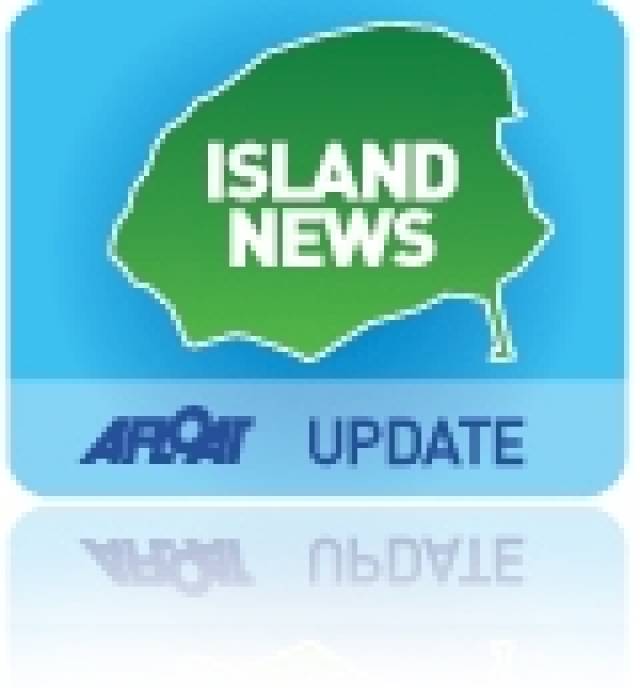A dense bloom of a potentially fish killing species of algae was detected off the SW coast on Saturday 23rd of August in the Dunmanus Bay area. Extremely dense concentrations of the microscopic species Karenia mikimotoi were identified in samples received by the Marine Institute and brown discoloured water patches have been reported by local authorities at some local beaches.
Scientists from the Marine Institute recently (Saturday 29th August) joined the crew from an Air Corps Casa CN 235 Maritime Patrol Aircraft during routine fisheries patrol, where they confirmed the extent of the algal bloom detected off the SW coast earlier in the month on in the Dunmanus Bay area.
Satellite imagery also showed the presence of the bloom extending 40 to 50 km offshore south of Valentia Island and all along the south cost in pockets as far east as Dungarvan.
Scientists working in the phytoplankton section at the Marine Institute have been closely monitoring the development and progress of this bloom which has previously caused extensive fish kills in 2005 and 2012.
Extremely dense concentrations of the microscopic species Karenia mikimotoi were identified in samples received by Marine Environment and Food Safety services team at the Marine Institute and brown discoloured water patches have been reported by local authorities at some local beaches.
These included beaches in Dunmanus Bay and also along the south coast at Toormore – near Goleen and Mizen Head. Brownish water was also reported by fishermen in outer Dunmanus Bay. The species is harmless to humans and it is safe for swimmers despite discolouration of the water. However fish and other marine organisms can suffer mortalities during dense blooms of this species.
The bloom is most noticeable in sheltered coves along the coast with pale muddy brown colour resulting from the high concentration of the cells in the water. "These blooms are common in coastal water when they can persist for many weeks during the summer, but this one is expected to dissipate in the coming weeks as it uses up available nutrients coupled with shortening daylight as we get into the month of September," said Mr Joe Silke, a phytoplankton scientist from the Marine Institute.
The Marine Institute monitors coastal areas year round for blooms because some species can result in mortalities of wild and farmed fish, while others make shellfish temporarily unsuitable for consumption.

"This joint survey with the Air Corps was an efficient exercise in rapidly gaining large amounts of information regarding the bloom extent, and was the first time that it was used for bloom surveying. The CN 235 is particularly suitable for this type of work because of its extensive range and ability to acquire high resolution photographic imagery" said Mr Silke.
"This unique collaboration between the agencies helps to provide the knowledge and understanding to mitigate against potential economic loss," Mr Silk further added.
Additional information and images received Monday 31st August from the Goleen Coast Guard along the south coast has confirmed the mortality of several species of invertebrate organisms including cockles, razor clams, and lugworms from the Crookhaven area.
































































